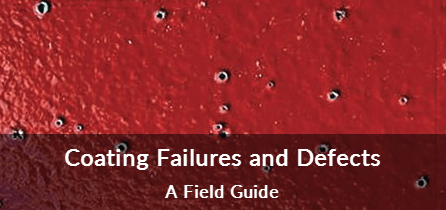What Does
Sulfide Stress Cracking (SSC) Mean?
Sulfide stress cracking (SSC) is a type of hydrogen cracking which presents a cathodic embrittlement mechanism. This term should not be confused with stress corrosion cracking (SCS), since this is anodic in nature.
SSC is a form of spontaneous brittle breakdown in occurring in high-strength alloys and steels when it comes in contact with humid hydrogen sulfide as well as sulfidic atmospheres. Among the most prone to sulfide stress cracking include valve trim, blowout preventer hard parts and tool joints.
Free Coating Failures and Defects Guide – Sponsored by Fitz's Atlas 2

Click here to download your free guide!
Corrosionpedia Explains Sulfide Stress Cracking (SSC)
SSC begins when steels and other susceptible alloys form a reaction with hydrogen sulfide, resulting in atomic hydrogen and metal sulfides as by products of corrosion. In turn, atomic hydrogen can combine to build H2 onto the metal surface or disperse into the matrix of the metal. It must be noted that sulfur is a recombination of hydrogen; the levels of atomic hydrogen that recombine to create H2 onto the surface are heavily reduced. This increases atomic hydrogen diffusion, and causes a severe H2S environment.
SCC can be attributed to the action of three important factors:
- Tensile stress that is present in the object
- Corrosive medium (hydrogen sulfide environment)
- Elevated temperature
SCC's mechanism is not clearly understood. This can be due to the particular SCC features that can result from complex interaction of metals as well as the properties of the environment.
In turn, various solution combinations and stress are most of the time comparable. In such, the most dependable data can be achieved from conducting empirical experiments. However, the crack, pit initiation and growth or any damage may differ between various materials.